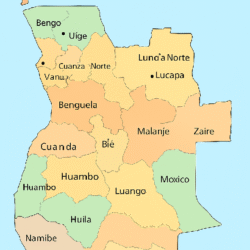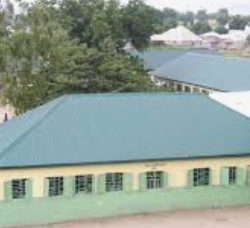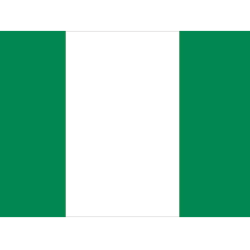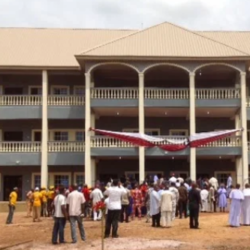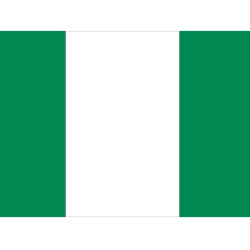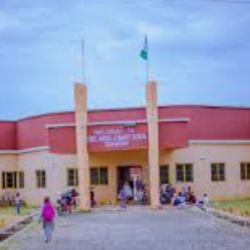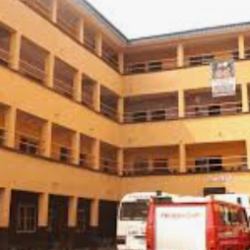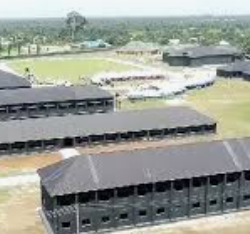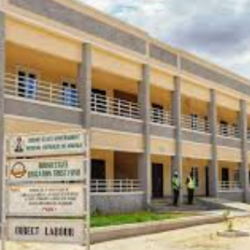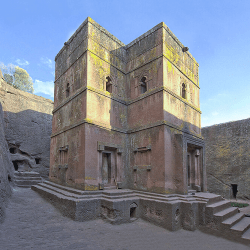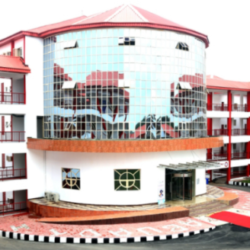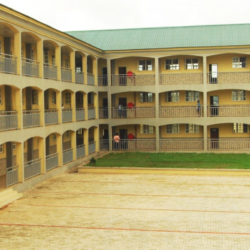Angola’s 18 provinces with their capitals are:
- Bengo – Caxito
- Benguela – Benguela
- Bié – Kuito
- Cabinda – Cabinda
- Cuando Cubango – Menongue
- Cuanza Norte – N’dalatando
- Cuanza Sul – Sumbe
- Cunene – Ondjiva
- Huambo – Huambo
- Huíla – Lubango
- Luanda – Luanda
- Lunda Norte – Lucapa
- Lunda Sul – Saurimo
- Malanje – Malanje
- Moxico – Luena
- Namibe – Namibe
- Uíge – Uíge
- Zaire – M’banza-Kongo
1. Bengo
- Capital: Caxito
- Known for agriculture, rivers, and proximity to Luanda.
2. Benguela
- Capital: Benguela
- Coastal province with rich history, fishing, salt production, and Lobito Port.
3. Bié
- Capital: Kuito
- Central province with fertile highlands, coffee, and farming.
4. Cabinda
- Capital: Cabinda
- Exclave province, separated from mainland Angola by the DRC. Rich in oil reserves.
5. Cuando Cubango
- Capital: Menongue
- Vast, sparsely populated, rich in wildlife and nature reserves.
6. Cuanza Norte
- Capital: N’dalatando
- Agricultural region, famous for coffee and tropical crops.
7. Cuanza Sul
- Capital: Sumbe
- Important agricultural area producing coffee, sugarcane, and tropical fruits.
8. Cunene
- Capital: Ondjiva
- Southern border province with Namibia, known for cattle farming.
9. Huambo
- Capital: Huambo
- One of Angola’s largest provinces, fertile lands, and a major agricultural hub.
10. Huíla
- Capital: Lubango
- Mountainous region, known for Serra da Leba pass and diverse agriculture.
11. Luanda
- Capital: Luanda
- The smallest province but home to the national capital, economic hub, and largest population.
12. Lunda Norte
- Capital: Lucapa
- Rich in diamonds and minerals, with vast forested areas.
13. Lunda Sul
- Capital: Saurimo
- Another diamond-rich province with mining as its main economic activity.
14. Malanje
- Capital: Malanje
- Known for Kalandula Falls (one of Africa’s largest waterfalls) and fertile farmlands.
15. Moxico
- Capital: Luena
- Angola’s largest province, mostly forested, with wildlife and natural resources.
16. Namibe
- Capital: Namibe
- Coastal desert province, home to the Namib Desert and Welwitschia plant.
17. Uíge
- Capital: Uíge
- Important for coffee production and rich in forests.
18. Zaire
- Capital: M’banza-Kongo
- Historically significant as the center of the ancient Kongo Kingdom; oil-rich region.
📌 Angola’s provinces vary greatly—from oil-rich Cabinda, diamond-rich Lundas, fertile central highlands, to desert Namibe—showing the country’s geographical and economic diversity.

Angola
- Official Name: Republic of Angola
- Capital City: Luanda
- Location: Southern Africa, bordered by Namibia (south), Zambia (east), Democratic Republic of the Congo (north), and the Atlantic Ocean (west).
- Area: ~1,246,700 km² (7th largest in Africa)
- Population: ~36 million (2023 est.)
- Official Language: Portuguese
- Other Languages: Umbundu, Kimbundu, Kikongo, Chokwe, and others
- Currency: Kwanza (AOA)
- Government: Unitary presidential republic
Geography
- Angola has 18 provinces (Cabinda being an exclave).
- Landscape includes:
- Atlantic coastline with fertile plains.
- Central highlands – rich in agriculture.
- Southern deserts (Namib Desert).
- Rivers like the Cuanza and Cuando.
- Rich in biodiversity: elephants, lions, giraffes, and marine life.
Economy
- One of Africa’s most resource-rich countries.
- Key sectors:
- Oil & Gas (main export, ~90% of revenue, especially Cabinda).
- Diamonds (Lunda Norte, Lunda Sul).
- Agriculture (coffee, maize, cassava, sugarcane).
- Fisheries along the Atlantic coast.
- Challenges: Over-reliance on oil, inequality, infrastructure gaps.
History
- Pre-colonial: Part of powerful kingdoms, most notably the Kingdom of Kongo.
- Colonized by Portugal in the 16th century.
- Independence: November 11, 1975.
- Civil War: 1975–2002, between MPLA, UNITA, and FNLA, devastating the country.
- Post-war recovery has focused on reconstruction and economic growth.
Culture
- Strong influence from Portuguese colonization (language, Catholicism).
- Rich traditions in music (kizomba, semba, kuduro), dance, and crafts.
- Cuisine highlights: funge (cassava porridge), grilled fish, muamba de galinha (chicken stew).
Provinces
- 18 provinces, each with distinct cultural and economic importance.
- Luanda Province is the most urbanized and economically dominant.
- Cabinda is geographically separated but crucial for oil.
- Huíla, Benguela, and Huambo are major agricultural hubs.
Tourism Highlights
- Kalandula Falls – one of Africa’s largest waterfalls.
- Namib Desert landscapes in Namibe Province.
- Mussulo Peninsula near Luanda (beaches).
- Kissama National Park – wildlife conservation success.
- M’banza-Kongo – UNESCO World Heritage Site (former capital of Kongo Kingdom).
